He's been shot at, his fish stolen. All because he exercises his tribal treaty rights in Skagit Valley
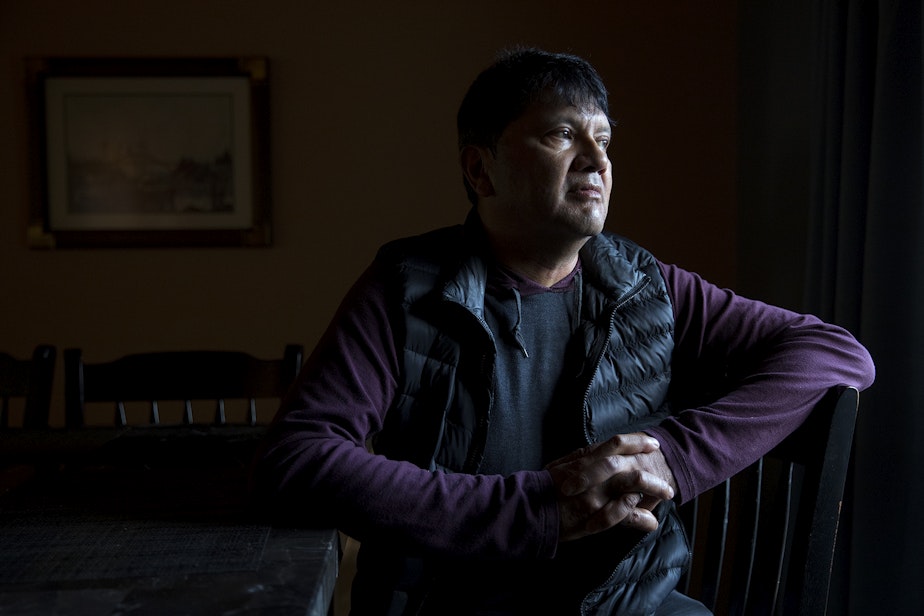
Scott Schuyler said he’s been shot at, his tires slashed, his fish stolen. He’s gotten death threats on social media.
“I’ve had a lot of firearms pointed in my direction, a lot of lead being shot in my direction,” Schuyler said. “I’ve been peppered with birdshot.”
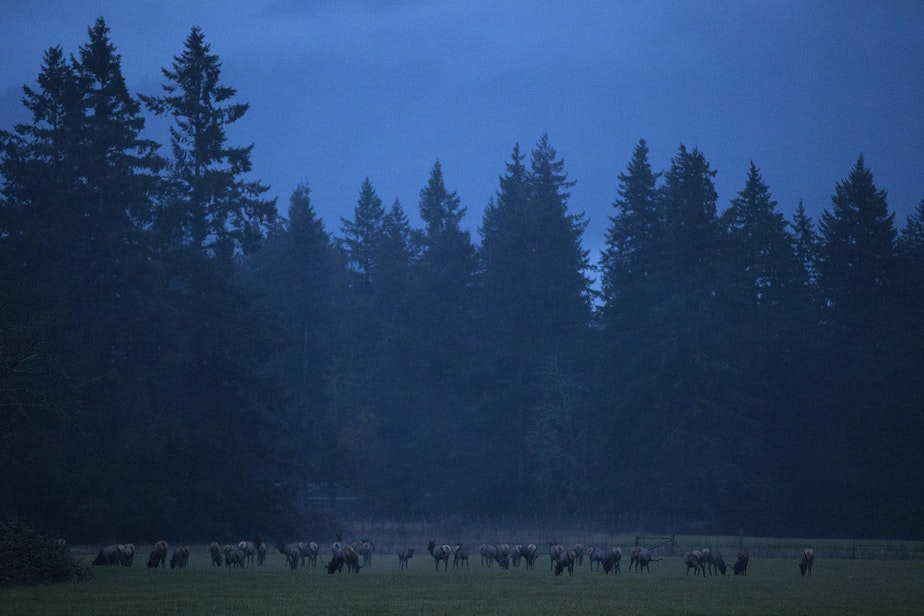
S
chuyler is a member of the Upper Skagit Tribe, and he believes these acts of violence stem from a battle over rights in Skagit Valley: a fight about who gets to decide how water, fish and wildlife are managed.
He said some public officials in Skagit County disagree with tribal rights “and it becomes socially acceptable to attack the tribe, tribal members and tribes’ rights,” he said.
The tension between tribal members and Skagit farmers is one that dates back more than a century. Most recently, things have come to a head over elk.
Hunters nearly wiped out the Skagit Valley’s elk in the late 1800s. But over the past 30 years, they’ve been making a comeback, thanks to state policies that protect habitat and limit hunting.
Some migrated back from the North Cascades on their own; the Washington Department of Fish and Wildlife brought in others, from herds elsewhere in the state and in Oregon, to bolster the local population.
All of that has led to a fight over whether the elk belong — and who gets to decide if they stay.
Schuyler said he harvested his first elk in 1987 at the age of 24.
“I was really proud at the time,” he said, “because it’s our tradition, when you get your first animal, you give to your community; you give to your elders.”
“I gave most of the animal away.”

Today, the North Cascades elk herd has about 1,500 animals.
That’s a problem for Randy and Aileen Good. They’ve been Skagit Valley dairy farmers and cattle ranchers for more than four decades. They say elk started showing up in big numbers in the past 10 years or so.
“I figure we have lost like $36,000 a year because we are unable to farm that piece of ground due to the elk crossing and wrecking the fences all the time,” Randy Good said.
Good points to a Skagit County assessor’s report that elk are causing $1.4 million of damage in the valley every year. That number relies on farmers self-reporting the damage, but no one doubts it’s real and widespread.
“It’s making it impossible for us to survive as a farmer,” Aileen Good said.
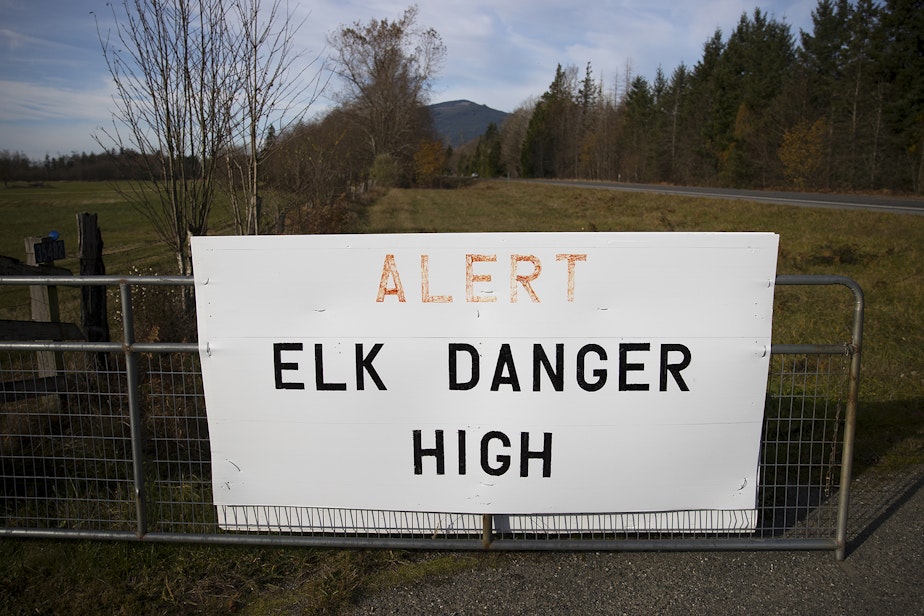
E
lk are increasing all over Washington state as the populations rebound, thanks to decreased hunting and increased habitat protection. They’ve damaged crops in places like Buckley, Yakima County and Sequim.
The conflict has reached a fevered pitch in Skagit Valley. That’s because it’s not just elk damage farmers are upset about.
Bill Schmidt, president of the Skagit Valley Farm Bureau, objects to any Native American tribe being involved in managing elk.
“It’s like 1 percent or less of our population is controlling the management of the elk,” he said. “It doesn’t seem right.”
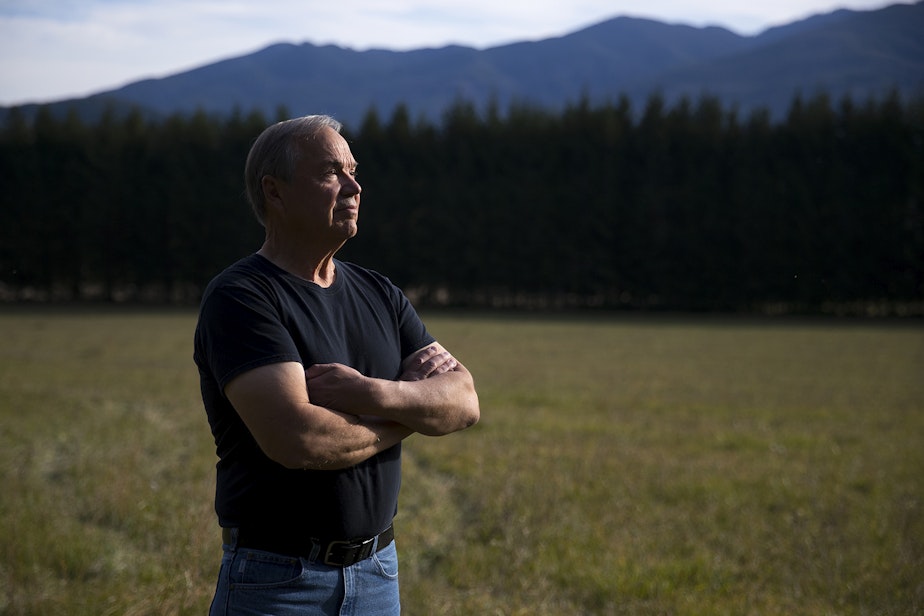
Schmidt said he questions the Upper Skagit Tribe’s claim that they belong in the valley and that they’ve always hunted elk.
He said white settlers in the early 1900s said there weren’t many Native Americans in Skagit Valley, and of those that there were: “They were not into deer and elk. They were basically fishermen.”
He continued: “They’re claiming all these rights because it’s an easy way to have extra rights. I think they should be more forthright and try and be — to me — more American.”
Historians say Native Americans in the Pacific Northwest have hunted elk for thousands of years.
The Washington Department of Fish and Wildlife is working on keeping elk away from farms, reimbursing farmers for losses, and shooting problem animals. Those measures seem inadequate to Schmidt, who said he’d like the state to remove all elk from the valley floor — otherwise, landowners might start taking things into their own hands.
Asked to clarify if he thinks landowners might start poaching elk, he said, “If I were to lose my farm over elk, that’s probably what I would do.”
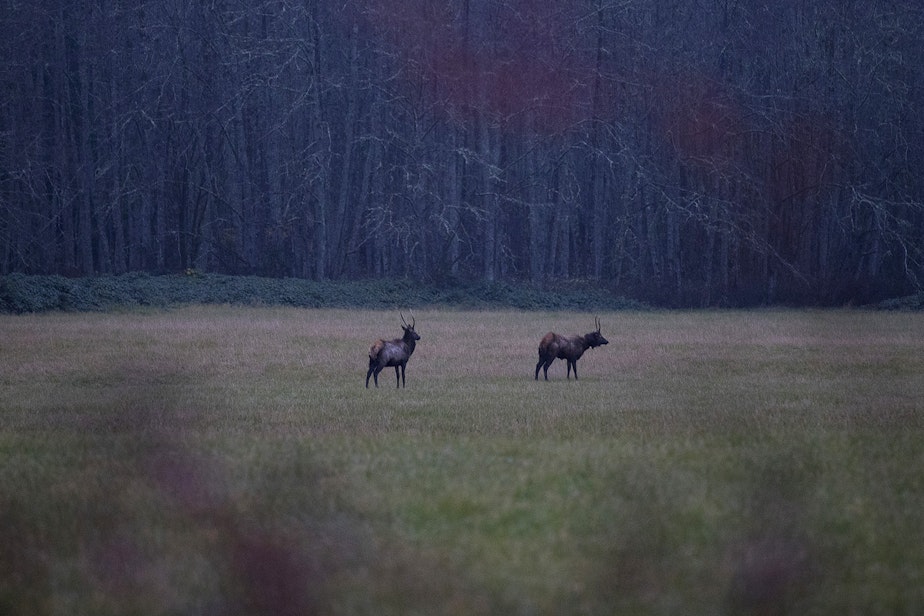
G
etting rid of all the valley’s elk is a non-starter for tribe member Schuyler.
“If somebody has the perspective that the elk must go, it’s definitely somewhere we would never support,” Schuyler said, “because every population has value.”
“You’ve got to remember: We were in that position,” he said. “People wanted us to go. They tried to get rid of us.”
Other farmers are less extreme than Schmidt. Some say they like elk and do want to compromise with the tribes.
And Schuyler wants to work with the farmers. He said he’s not anti-agriculture; he’s pro-agriculture and thinks that preserving the valley’s farmland is part and parcel of saving its wildlife.
But, Schuyler said, the pervasive belief that elk don’t belong in the valley — and neither do the tribes — is making cooperation more difficult.
“People have a hard time accepting that we’re different,” he said. “We made this deal with the United States. We gave up everything you see here. [It] belonged to us at one time.
“It was like, ‘Okay, well, you’re giving up your land, but, you know what? We’ll let you continue fishing and hunting,’” he said, referring to the 1855 Treaty of Point Elliott. “Those same rights are under attack.”
Schuyler said he wants to work on solutions, but he’s also just happy the elk are back so he can teach his children how to hunt.
At his daughter’s naming ceremony in January, he plans to serve elk along with salmon.




